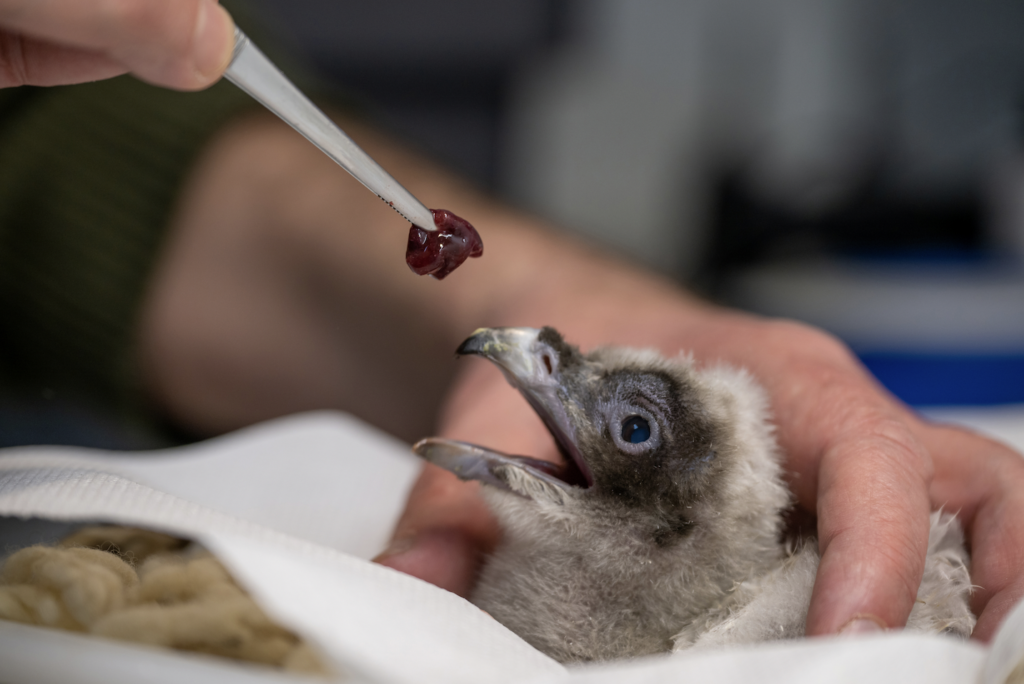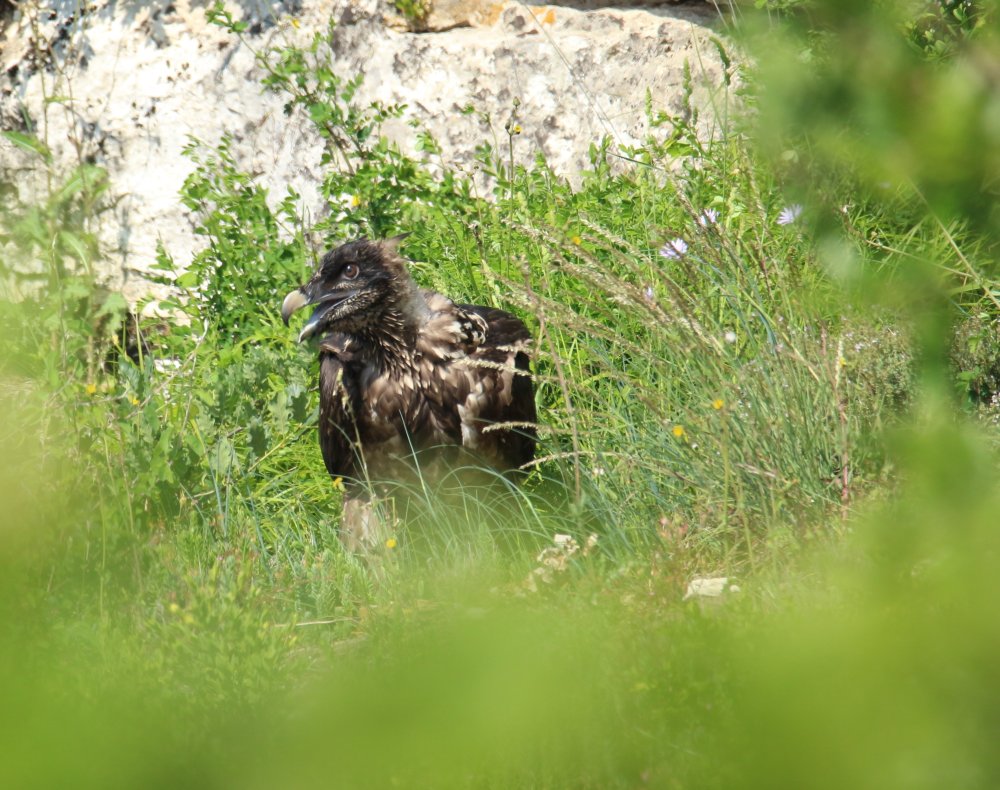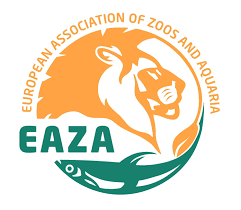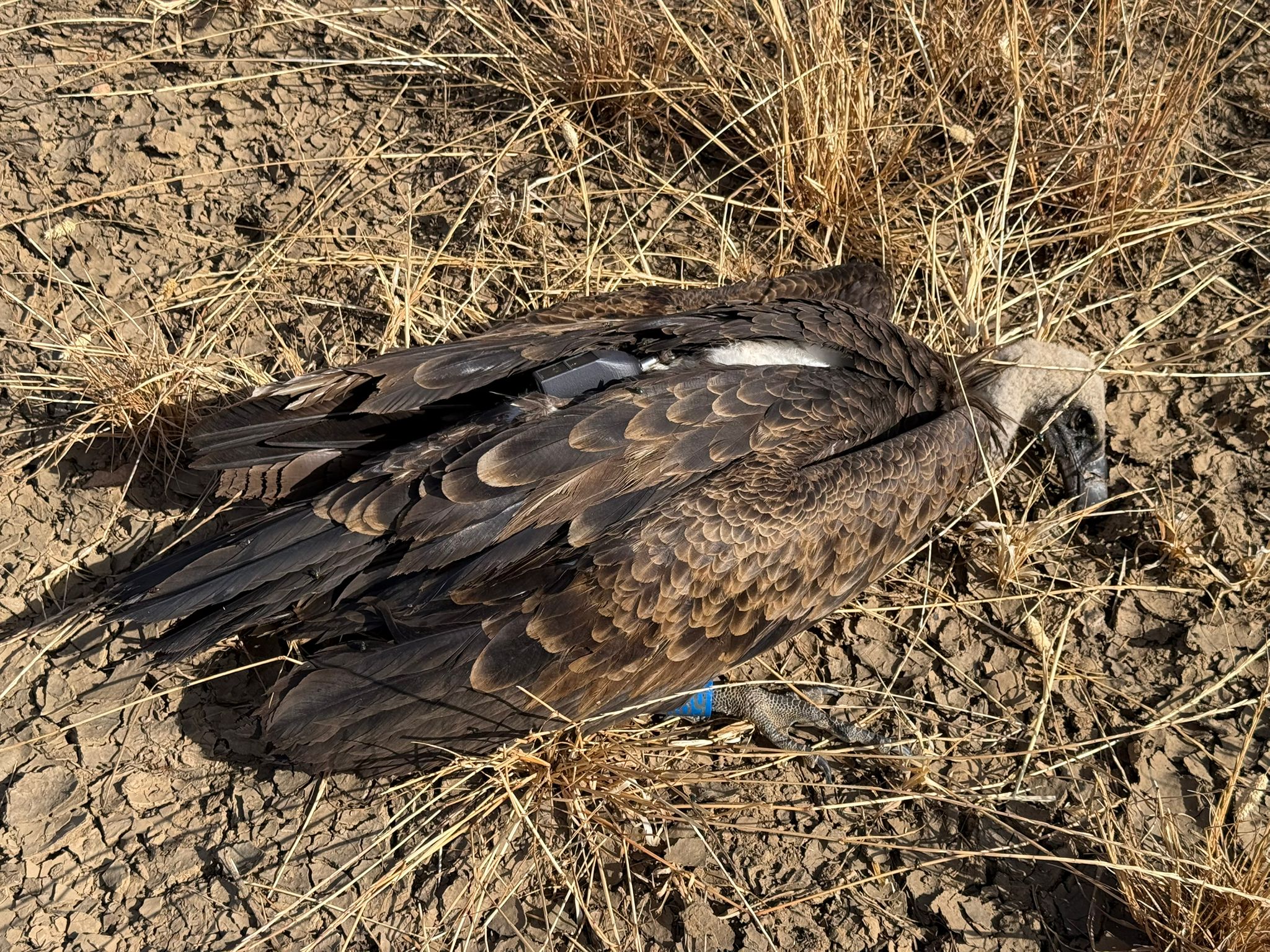Eight captive-bred Bearded Vultures (Gypaetus barbatus) were released this season in Southern France and Eastern Pyrenees within the LIFE Gyp’Act project. Coming from different Zoos and captive-breeding centres from the Bearded Vulture Captive-Breeding Network, the birds were transported to the hacking facilities installed at the Baronnies, Vercors and Grands Causses. The first six Bearded Vultures were released in early May, and two already took their first flight! Meet also the newcomers: two hatchlings from Spain have just arrived in the Grands Causses, Aveyron.


Meet the Bearded Vultures released in the Grands Causses
On June 8, the last two captive-bred juveniles that arrived in France within the LIFE Gyp’Act project were released in Aveyron. To avoid exposing them to unnecessary stress, the release was attended by only a restricted committee, which included local partners and the Bearded Vultures’ “godfathers”: the mayor of the Mostuéjouls commune and an elected official from the Séverac-d’Aveyron commune, in Aveyron.
The Bearded Vultures were named after “Salvage” (BG 1184) and “Selbo” (BG 1186), both hatched in the Guadalentín specialised breeding centre, coordinated by us at the Vulture Conservation Foundation (VCF) under an agreement with Junta de Andalusia. Salvage hatched on March 11, the second hatchling of “Salvia” and “Andalucía” this season. Toba and Borosa adopted the chick. However, Toba was eventually removed from the cage, as she showed some aggressiveness, common with adoptions. Borosa has, nonetheless, done an excellent job at rearing Salvage.


Selbo hatched only two days later, descending from Toba and Borosa, but was adopted and reared by another pair, Elías and Viola, who raised two chicks this season! At Guadalentín Centre, double adoptions are a common practice. Before embarking on their journey to France, staff members at Guadalentín bleached a unique set of Bearded Vultures’ feathers. Ahead of the release, the team at LPO fitted the birds with identification rings and a GPS transmitter, which will let us follow their movements after they fledge.
Bearded Vultures “Sargas” and “Separias” took their first fly
The first releases of this season within the LIFE Gyp’Act happened in early May, with two captive-bred juveniles released in Baronnies, two others Vercors and two in Gorges du Trevezel, Aveyron. In the meantime, the latter two already took their first flight! Sargas fledged on 2 June (a male aged 123 days), and the female Separias followed the example on 8 June (aged 122 days). For the first few months after the release, an attentive team from LIFE Gyp’Act will closely monitor the new inhabitants and their daily progress to help ensure their well-being.


An effort to restore the Bearded Vulture Alpine and Pyrenean populations
To restore the Bearded Vulture metapopulation between the Alps and the Pyrenees, the LIFE Gyp’Act project plans to release 60 captive-bred juveniles in different locations across Southern France and the Pre-Alps. The project builds on the positive outcomes of LIFE GypConnect, which successfully established new breeding pairs in the territory! In total, 46 Bearded Vultures were released, and six pairs were formed: one at the Grands Causses, two in Vercors, and three in Eastern Pyrenees.
Bearded Vultures are a long-lived species; settling a new breeding population takes time and patience. With the “hacking method”, nestlings are released in an artificial nest by the age of 90 days old and remain for some weeks, developing muscles and the body structure needed to be able to fly. In the meantime, as the artificial nest (hacking) is placed in a suitable habitat that mimics their natural way of fledging, they get acclimatised with the surrounding natural environment before leaving the nest. Once they reach sexual maturity, in 7-10 years, they will most likely return to this same territory to find themselves a breeding site. Until then, they will probably be exploring Europe’s mountain ranges!
We wish the released Bearded Vultures a long life in the wild!
The LIFE Gyp’Act partnership
The LIFE Gyp’Act builds on the legacy of the LIFE GypConnect and ensures the continuity of the conservation measures implemented so that Bearded Vultures continue to flourish.

LIFE Gyp’Act is a 13M€ project, co-funded by the EU’s LIFE programme, that will run until 30 November 2028. Project partners are LPO – Ligue pour la Protection des Oiseaux as coordinator beneficiary, and the Vulture Conservation Foundation, Association Vautours en Baronnies, LPO Auvergne-Rhone-Alpes, LPO Occitanie, Sorbonne Université, ENEDIS, Centre National d’Informations Toxicologiques Vétérinaires, Parc National des Cévennes and Parc Naturel Régional du Vercors as associated beneficiaries.






